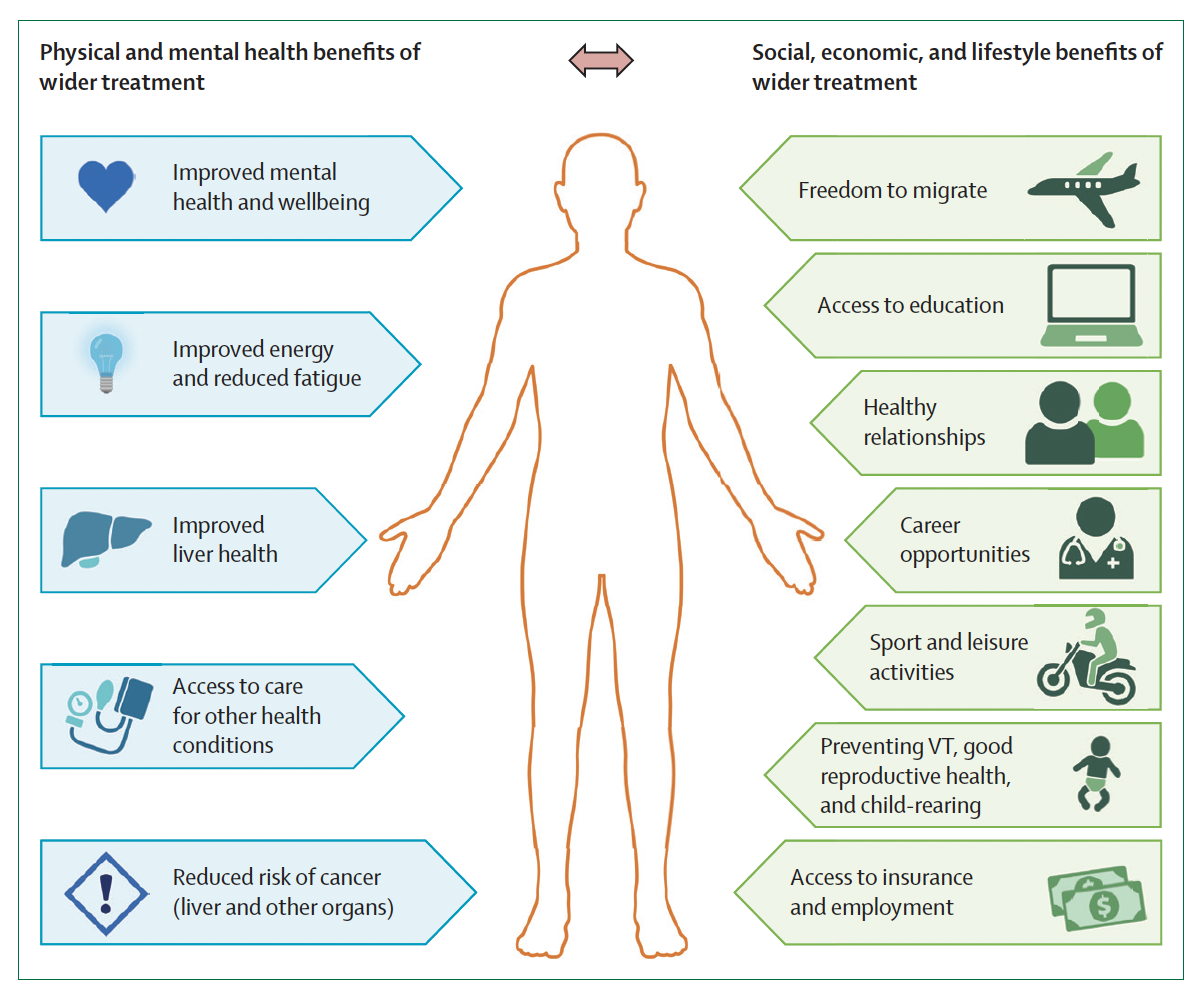Patient and public health perspectives to inform expansion of hepatitis B treatment guidelines

Patient and public health perspectives to inform expansion of hepatitis B treatment guidelines
Chronic hepatitis B is associated with considerable morbidity and mortality worldwide. People living with hepatitis B face physical, emotional, social, and professional impacts, reducing their quality of life. Treatment with nucleoside or nucleotide analogues reduces the risk of liver cirrhosis and liver cancer and improves quality of life. However, few people globally are offered and can access affordable and long-term antiviral treatment. Moreover, little progress has been made towards meeting WHO hepatitis B elimination targets. The global landscape has been shifting towards expanding treatment criteria, but discussion surrounding patient and community perspectives has been inadequate. We should view treatment eligibility for hepatitis B virus infection from a public health and patient-centred approach. Here, we discuss the potential benefits and risks of expansion, implementation considerations, public health questions, and data needs surrounding the expansion of treatment eligibility. We conclude that there is a strong public health and community rationale for expanding treatment eligibility for people living with chronic hepatitis B.
